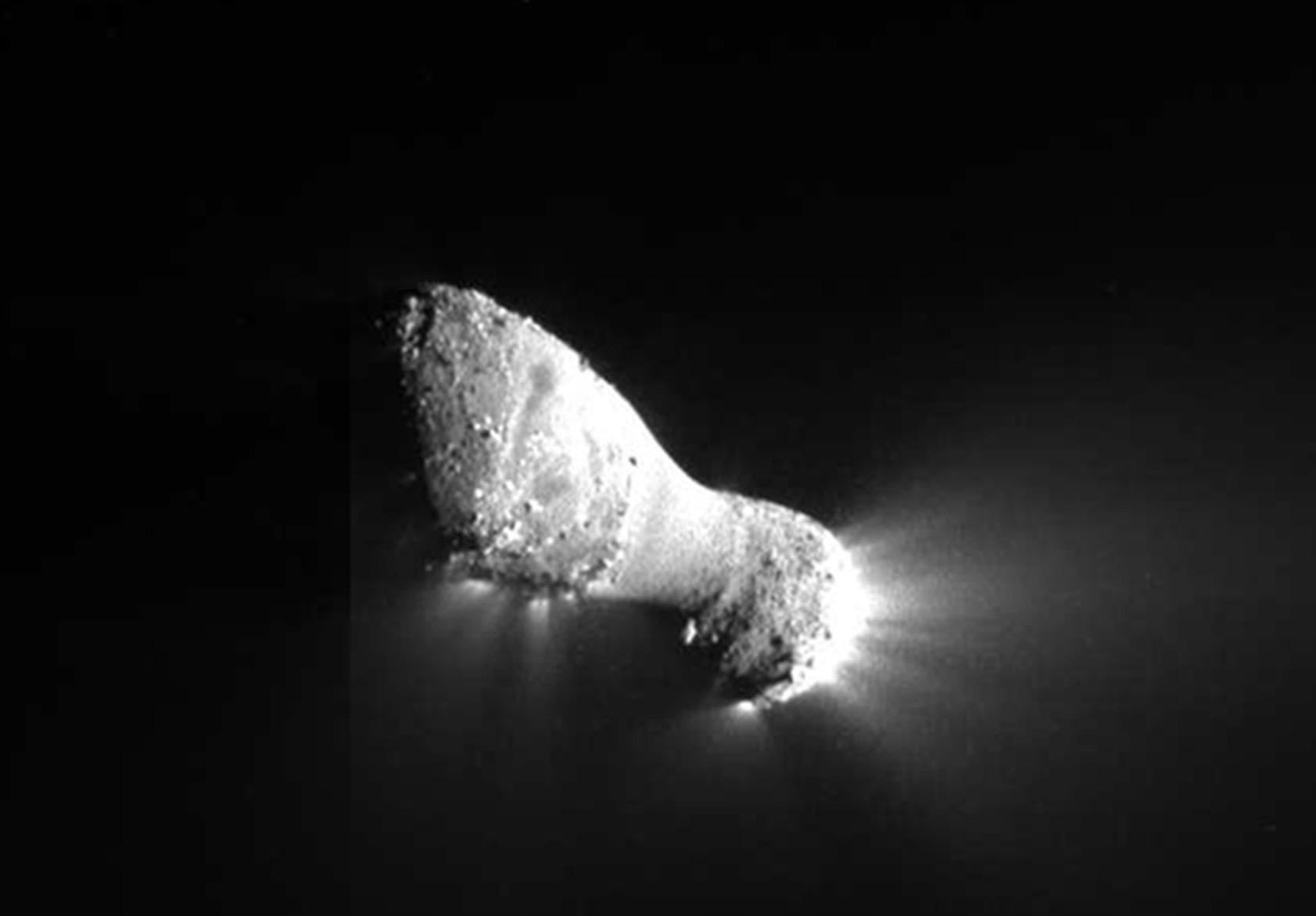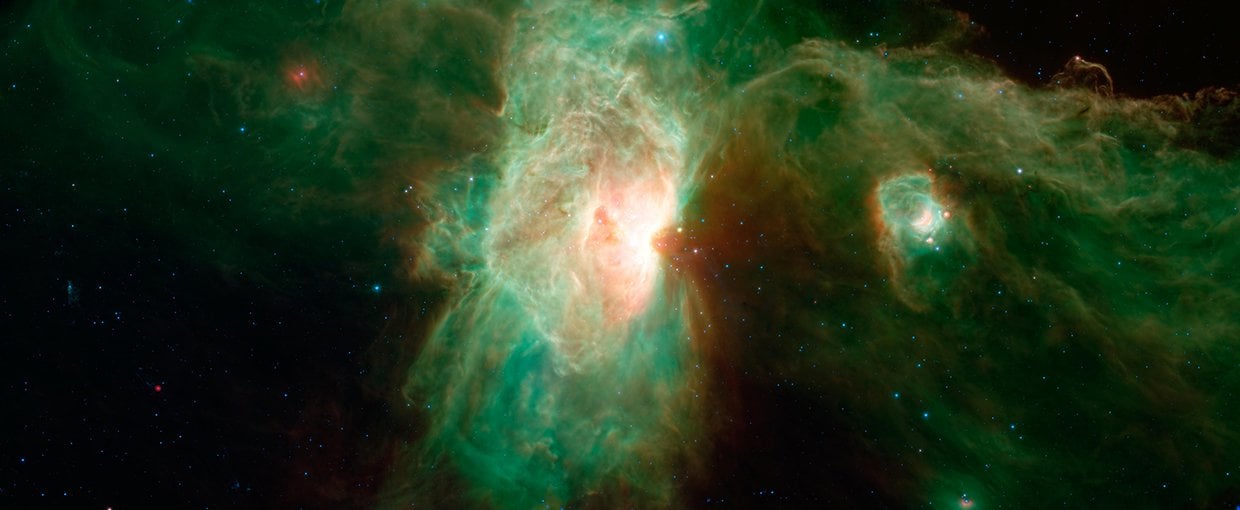K2-18b is an exoplanet located about 120 light-years from Earth in the constellation Leo. It orbits within the habitable zone of its red dwarf star, where temperatures could allow liquid water to exist. Classified as a "Hycean" world—a type of planet that may have a hydrogen-rich atmosphere and a water-covered surface, K2-18b has drawn significant interest for its potential to support life.
The watery world has gained attention for possible water vapour, methane, and carbon dioxide detections and more recently of dimethyl sulfide (DMS) in its atmosphere. On Earth, DMS is only produced by marine organisms on Earth so its detection on K2-18b points towards it being a potential biosignature. The scientific community remains divided however with some suggesting there may be other processes that lead to its formation.
A discovery has just been announced in a paper authored by a team led by Gabriella Di Genova from the University of Gernoble and it adds an interesting twist to the search for life….or not! Because DMS lacks significant geological sources, it's seen as less prone to false positives than other biosignature gases. However, recent findings of DMS in non-biological environments like comets and interstellar clouds suggest it can also form abiotically, possibly through reactions on icy dust grains or in the gas phase, challenging its exclusivity as a biosignature. In their paper, the team use advanced computational methods, specifically quantum chemistry and chemical kinetics, to study and analyze different chemical reactions that could produce DMS.
 The nucleus of comet Hartley. DMS has been discovered in the outgassing of some comets. (Credit : NASA)
The nucleus of comet Hartley. DMS has been discovered in the outgassing of some comets. (Credit : NASA)
The study compares sulphur based reactions with similar oxygen based ones, like those involving methanol (CH₃OH). While both follow similar steps, key differences arise due to symmetry (the reacting molecules are identical) and the abundance of molecules so that reactions are more likely in space. Sulphur reactions have two competing pathways, unlike the methanol reaction, which leads to termination of the process before the creation of DMS. They are also less exothermic and involve different intermediates due to the sulphur atom. Overall, reaction rates are similar, though slightly slower for sulphur reactions, and both show increased reverse reactions at higher temperatures.
The exploration explores new ways that DMS can form in space, using quantum chemistry and kinetics calculations, particularly focusing on shocked molecular clouds and star-forming regions. Three potential formation pathways were identified, with the reaction between methanol molecules appearing most likely in the galactic center cloud G+0.693-0.027 where DMS was discovered. Another possible pathway, involving methyl molecules and the same with a bonded sulphur atom, seems inefficient except in cold clouds. While the study doesn't directly address DMS formation in exoplanet atmospheres, it shows that DMS can form abiotically through efficient chemical processes.
Source :Gas phase formation routes of dimethyl sulfide in the interstellar medium
 Universe Today
Universe Today

